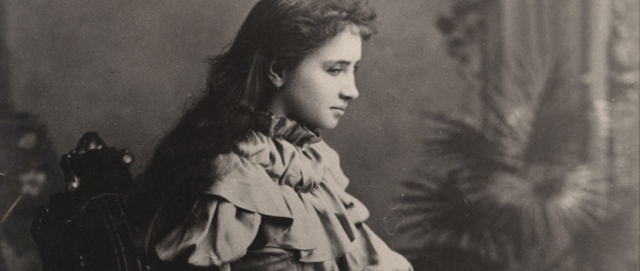Mausoleum at Halicarnassus

Located in what is now southeastern Turkey, the Mausoleum at Halicarnassus was a tomb built by Artemisia for her husband, Mausolus, the king of Carnia in Asia Minor, after his death in 353 B.C. Mausolus was also Artemisia’s brother, and, according to legend, she was so grief-stricken at his passing that she mixed his ashes with water and drank them in addition to ordering the mausoleum’s construction.
The structure was designed by the Greek architects Satyros and Pythius of Priene. The massive mausoleum was made entirely of white marble and is thought to have been about 135 feet high. The building’s complicated design, consisting of three rectangular layers, may have been an attempt to reconcile Lycian, Greek and Egyptian architectural styles. The first layer was a 60-foot base of steps, followed by a middle layer of 36 Ionic columns and a stepped, pyramid-shaped roof. At the very top of the roof lay the tomb, decorated by the work of four sculptors, and a 20-foot marble rendition of a four-horse chariot.
The mausoleum was largely destroyed in an earthquake in the 13th century and its remains were later used in the fortification of a castle. In 1846, pieces of one of the mausoleum’s friezes were extracted from the castle and now reside, along with other relics from the Halicarnassus site, in London’s British Museum.
This monument was ranked the seventh wonder of the world by the ancients, not because of its size or strength but because of the beauty of its design and how it was decorated with sculpture or ornaments.
The word mausoleum has now come to be used generically for an above-ground tomb.




